Looking to save money on energy and reduce your carbon footprint? Here is how to make a commercial building more energy efficient.
Global energy use is drastically increasing with each passing day due to the exponential growth of metropolitan cities with well-illuminated skyscrapers that reach higher and higher.
Previously, when buildings in urban areas were constructed, energy efficiency wasn’t their top-most priority.
But with time, governments have become more cautious of sustainability. This is why from 2005 to 2017, there was a 16% decrease in the overall energy consumption in the United Kingdom.
Buildings are responsible for about 40% of global energy consumption. This is why you have to make the existing buildings more energy-efficient and sustainable.
About 67% of the energy consumed by a commercial building is used to provide lighting, ventilation, heating, and cooling.
Thus, you need to make changes to these factors to have massive efficiency and sustainability.
Ways to Make Your Commercial Buildings More Energy Efficient

A commercial building’s energy efficiency affects the utility bill and impacts the property’s value. Moreover, making significant changes for efficiency in commercial buildings can reduce carbon footprint.
Businesses cannot spend money to retrofit already existing buildings most of the time.
So how do you make existing commercial buildings more energy-efficient? The first step is to measure the overall energy consumption of your building.
Benchmarking is an excellent way to compare and improve energy efficiency. For example, you can use web-based tools to compare energy efficiency to other buildings.
For example, the Energy Star Portfolio Manager allows you to compare your building with other buildings. Also, here are some ways to make commercial buildings more energy-efficient if retrofitting isn’t an option.
Look For Products with the Energy Star Label
Products with the energy star label or energy star rating certify that they consume less energy as compared to others. Energy Star is a government-backed symbol that indicates energy efficiency, so the consumers help protect the environment through more energy-efficient products.
In addition, these products help reduce greenhouse gas emissions and make it easy for consumers to identify which products will help reduce their utility bills and use less energy.
The huge range of products includes the following.
When you switch to more energy-efficient products, it does not only help reduce your utility bills but also saves energy.
For example, an Energy Star rated product such as a computer uses 65% less energy as compared to a non-certified computer.
This huge difference has a significant impact on the consumer’s energy usage. When you apply this to commercial buildings, you can greatly reduce the overall energy consumption.
Focus On Insulation
Insulation is one factor that keeps a building airtight, reducing the heat loss and energy loss from the place.
Thus, insulating a commercial building is one of the best ways to reduce energy consumption by minimizing the overall energy loss.
A well-insulated building will also improve the carbon footprint and positively impact the environment.
If you can afford to retrofit, it’s best to work on the outside building envelope to make it airtight to reduce heat loss.
Retrofitting can generate energy savings of up to 5%.
Using high-performance insulation wall systems can offer better insulation.
You can also replace the windows and doors to minimize air leaks in commercial buildings. This will improve the overall insulation and help lower cooling and heating needs.
Switch to LED Lighting for Energy Efficiency
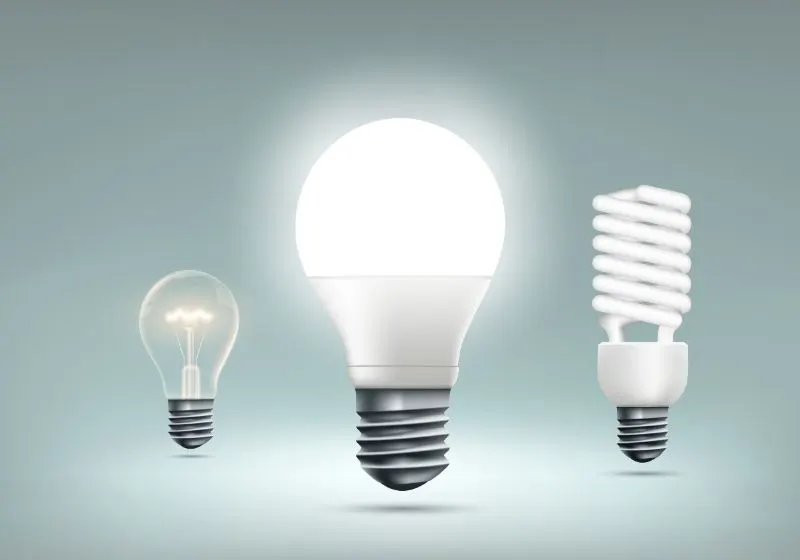
Lighting consumes a lot of power in commercial buildings. So if you’re wondering how to make a commercial building more energy-efficient, your primary concern should be the lighting.
Lighting accounts for 11% of energy use in residential buildings and about 18% in commercial buildings. This means that besides ventilation, air conditioning (HVAC system), and heating, lighting consumes a significant amount of energy, not allowing you to save energy costs.
This is why changing lighting systems can make a commercial building energy efficient. You can choose LED lighting to reduce energy consumption.
LED lights consume 70% less energy than incandescent bulbs. This means that changing even one bulb will significantly impact energy consumption.
Many energy-efficient buildings use LED lights to reduce their utility bills and reduce the overall energy consumption of the property.
Using LED lighting is also one of the cheapest ways to improve the energy efficiency of commercial buildings. This is because most buildings have the lights on for long durations.
So if you replace other bulbs with LED lights, you will make your commercial building energy efficient. Upgrading to LED lights will also help reduce your energy bill. You can also make use of natural light during the daytime.
Here is the energy efficiency of various types of lighting.
Fluorescent Lamps
Fluorescent lamps are about five times as efficient as incandescent bulbs. They also last 20 times longer. This is why you should have fluorescent lighting in your building.
These will reduce your lighting costs.
High-Intensity Discharge Lamps
A high-intensity discharge lamp (HID) is one of the most efficient lamps for lighting larger areas. White light sources are also more effective for vision than yellow light sources like high-pressure sodium lamps.
This is why metal halide lamps provide better lighting than sodium lamps. They are also more energy-efficient.
Incandescent Bulbs
Incandescent bulbs only convert about 5% of energy into visible light. The rest of the energy is lost into the environment as heat. This is why they aren’t a very energy-efficient source of lighting.
LED Lights
Now that you know about the various lighting sources and their energy efficiency, you can choose lights that will help reduce energy consumption and energy bills.
LEDs are ideal for this purpose as they help cut energy costs and are more suitable for the environment as they significantly decrease your energy usage.
In addition to this, LEDs also have a longer lifespan. For example, if you use LED light for 24 hours, it will last about five years before you need to change it.
In contrast to this, incandescent bulbs usually last about 1000 hours. Moreover, LED light bulbs emit less heat as they run on a low voltage.
Install Lighting Controls to Reduce Energy Consumption
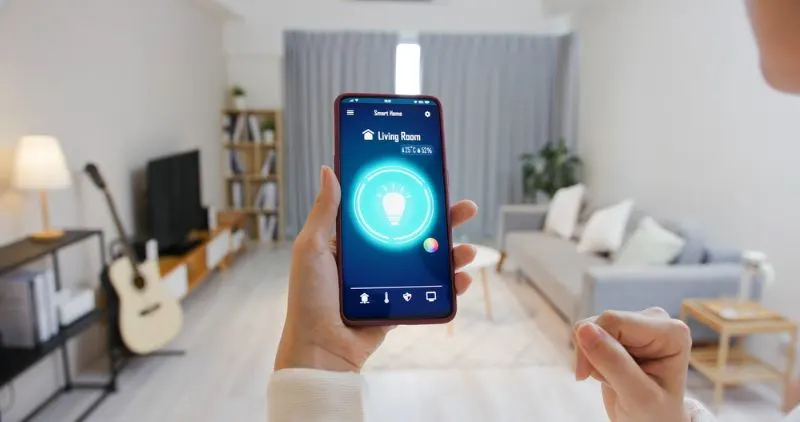
If you are more concerned about the energy efficiency of buildings, you can also use sensors to minimize energy wastage. Using sensors in infrequently used spaces is an excellent idea to cut down your total energy usage.
It is easy to make domestic buildings energy efficient because you can switch off the lights when you’re not using them.
However, commercial environments are heavily populated.
People have different work timings due to which switching off the lights repeatedly isn’t an option for saving energy for buildings. This results in massive energy loss when lights are unnecessarily kept on.
You can address this concern by installing light control systems. This system allows you to manage lighting in commercial buildings. There are different types of lighting control systems.
Here are some popular systems that increase the energy efficiency of buildings.
Dimmer Switches
Dimmer switches are advanced switches that allow users to control the brightness level of the room. This saves energy as the lights aren’t using full power at all times.
Motion Sensors
You can install motion sensors to control lights. The sensors activate when they detect movement. You can use these for outdoor lighting, staircase, and corridor lighting.
They are also useful for parking spaces as they will only light up when they sense motion and automatically turn off when there isn’t any movement.
Occupancy Sensor
You can use an occupancy sensor to manage indoor lighting. Occupancy sensors activate when a person enters the premises.
Once they stop detecting movement, these sensors turn off automatically. They are used in common rooms and bathrooms etc.
Timer Controlled Lights
You can program the lights to turn off and on at a certain time. You can use this for both indoor and outdoor lighting.
Networked Lighting System
Networked lighting systems allow users to manage lighting via a handheld device or a computer. The lights are linked with a network that you can access through a controller.
Heating Controls
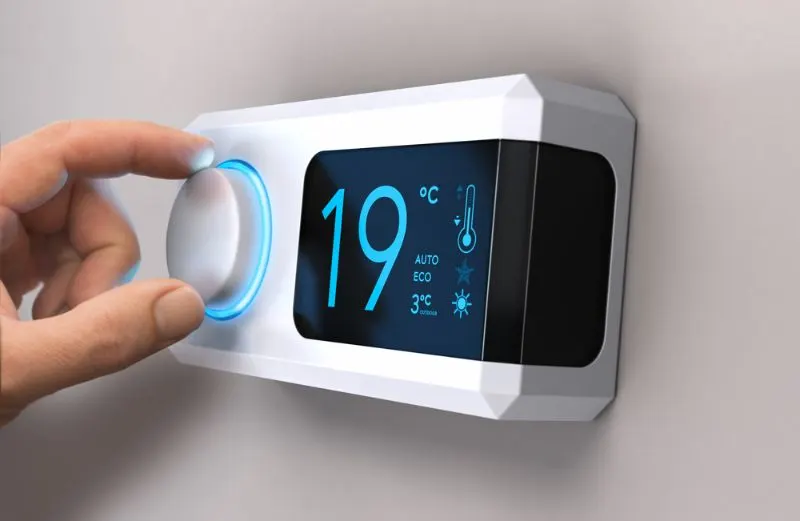
If you wish to make huge changes to the energy consumption of commercial buildings, working on the heating controls is a smart choice.
Heat controls will allow you to adjust the temperature inside the rooms.
You can use thermostats to detect when it drops below certain temperatures. This will help reduce energy usage and cut costs in utility bills.
Glazing Windows
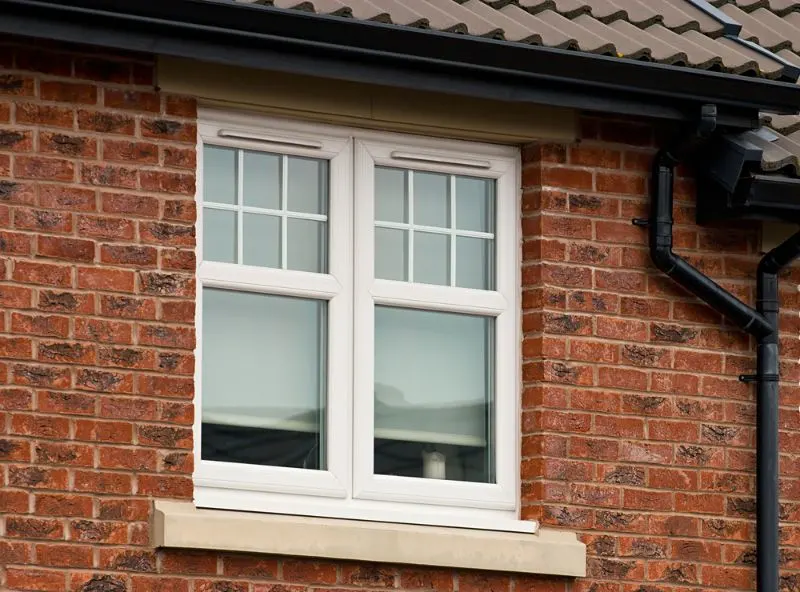
You need to have efficient windows if you want to minimize energy loss. However, you’ll notice that energy efficiency architecture ensures that windows aren’t a culprit in heat loss.
When you install internal heating systems and air conditioning systems, they use up a lot of energy to maintain the internal temperature of a commercial building.
But unnecessary energy loss from windows can significantly reduce your energy efficiency.
This is why you should replace all inefficient windows with double-glazed glass windows to avoid air leaks.
Double-glazed windows are suitable for an energy-efficient commercial building because they will help keep the interior cool during the summers.
But they will also maintain internal heating during the winters.
If you’re not retrofitting a building, you can keep the double glazing windows in mind for energy efficiency in construction steps.
Ventilation and Air Conditioning Systems
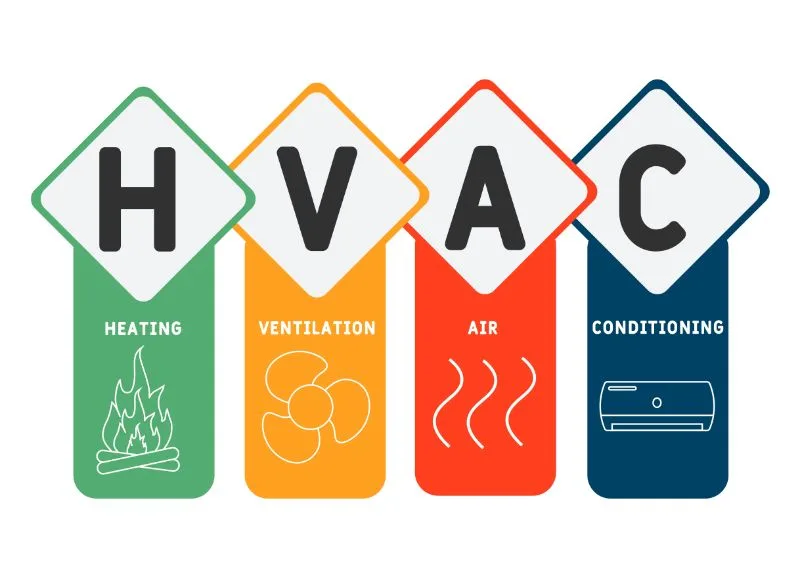
If you use energy-efficient building materials in construction, your commercial building will still consume a lot of energy due to ventilation and air conditioning. It is also one of the reasons for the higher heating and cooling costs of commercial buildings.
However, as a commercial building owner, you can take steps to improve the energy efficiency of heating and cooling systems by working on-air ventilation and air conditioning.
For example, when you purchase a ventilation system for the building, you should make sure that you buy more efficient motors.
The right ventilation system will always have more efficient fans and motors. You can also demand-controlled ventilation from building engineers during construction.
But if you want to work on the existing building and its air ventilation system, you can use it for a specific time to ensure that the fans aren’t running at all times as it wastes a lot of energy.
If you have large windows, you can leave them open during the day for natural lighting and air ventilation in spacious offices.
For more efficient air conditioning systems, you can ensure that the building doesnt have air leaks. This should impact your heating and cooling costs.
Besides this, you should check that the heating and cooling system doesnt compete to create a temperature gap.
You should also turn off heating and cooling in spaces that aren’t used very frequently. You can also set timers for cooling systems that will turn off the AC once everybody leaves the office.
These measures can drastically save energy costs and make your commercial building more energy efficient by reducing heating and cooling costs.
Benefits of Renewable Energy
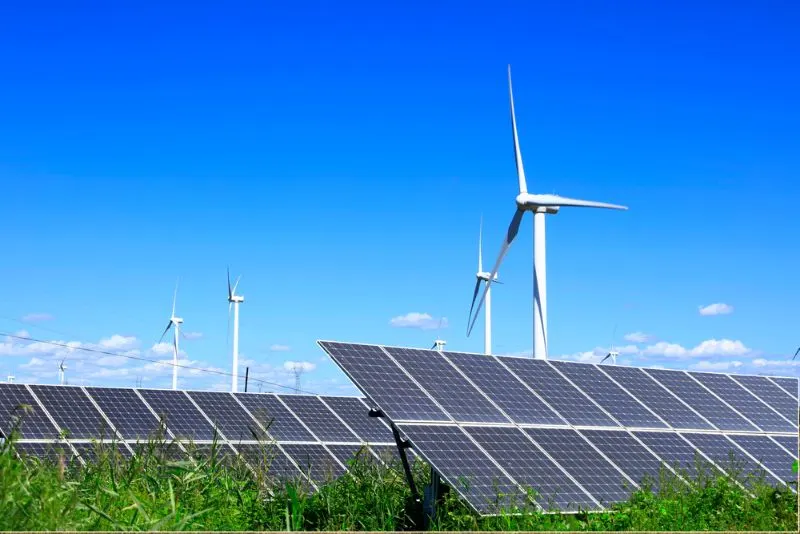
Renewable energy methods such as solar panels, air-source heat pumps, and wind energy are excellent measures to increase the energy efficiency of commercial buildings and save energy. These will help reduce energy costs and impact the building’s efficiency.
Moreover, using non-renewable energy sources such as fossil fuels increases the emission of greenhouse gases. This is why using solar panels is a wise choice for building energy use.
Self-generating your electricity also reduces more energy costs, so you’ll notice a decrease in your electricity bills. You’re also safe from power shortages and power cuts.
Installing solar panels and using solar energy or wind energy is ideal to save energy.
Solar Energy
Installing solar panels on your commercial building’s roof or parking lots. Solar energy is a renewable source, and it does not emit greenhouse gases.
It can also help cut down energy costs and lower your electricity bills.
Wind Energy
Solar energy is an ideal renewable energy source for commercial buildings in populated urban areas, while wind energy is suitable for commercial buildings in open spaces as they benefit from wind energy.
A turbine will spin fast with consistent airflow to produce enough energy to meet the building’s usage.
However, this isn’t suitable for densely populated environments as the wind flow isn’t constant due to surrounding buildings and structures that block airflow.
See Related: Best Eco-Friendly Bathroom Products
Final Words
You can improve your building’s efficiency by working on more efficient energy sources, lighting fixtures, proper insulation, and making the most of smart technology such as dimmer switches.
Also, if you’re looking to make an energy-efficient choice, all you need to do is look into the energy efficiency standards of a product before installing it in your building.
You can optimize energy efficiency and reduce energy costs by taking these measures. You can use these cost savings to cover maintenance costs and other expenses.
Thus converting your brick and mortar into a smart building doesn’t only help the environment but also helps you save hefty energy costs.
Related Resources
